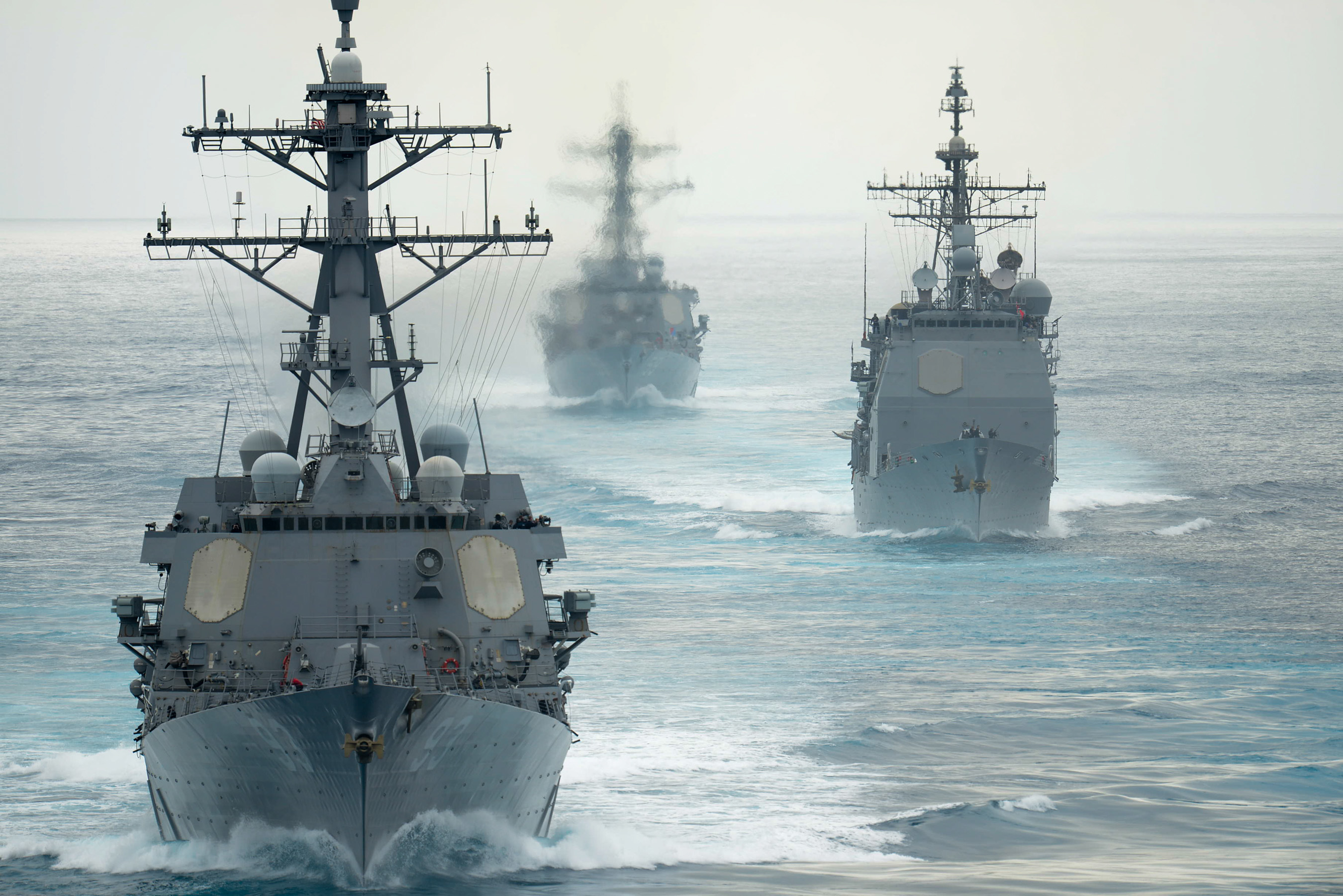
The House Armed Services Committee’s annual defense bill expresses lawmakers’ national security priorities through not only spending decisions but also through hundreds of pages of policies, “sense of Congress” statements and requests for more information.
The Fiscal Year 2018 National Defense Authorization Act being considered this week highlights this year’s emphasis on the Asia-Pacific region, on boosting offensive and defensive aviation capabilities to a next-generation level, and ensuring the Navy is ready to maintain and operate the fleet while preparing for tomorrow’s potential battles.
The following are highlights of the FY2018 NDAA that could most affect Navy buying decisions, training and operations in the years to come.
Aviation Policy
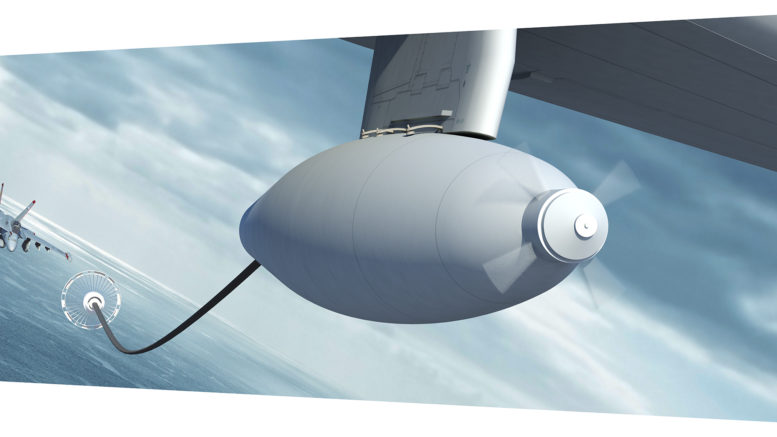
The bill makes several notes about unmanned aerial systems, particularly the Navy’s MQ-25 Stingray. Specifically, the bill calls into question the capabilities gap the MQ-25 seeks to fill. The bill fences of some of the program’s funding in 2018 until “the Secretary of the Navy certifies that the MQ- 25 meets a validated capability gap; the Chief of Naval Operations has reviewed and approved the initial capabilities document (ICD) and the capability development document (CDD); and the ICD and CDD have been submitted to the congressional defense committees.”
“This section would also require the Assistant Secretary of the Navy for Research, Development, and Acquisition to submit a report to the congressional defense committees that includes key performance parameters, certification of performance parameters’ achievement, as well as a description of requirements with respect to fuel transfer, equipment for intelligence, surveillance, and reconnaissance, electronic attack and electronic protection, communications equipment, weapons payload, range, mission endurance for unrefueled and aerial refueled operations, affordability, survivability, and interoperability,” according to language in the bill.
Beyond simply awaiting more information from the Navy, the bill weighs in with the HASC’s opinion on the system’s mission set: specifically, that MQ-25 ought to include precision strike capabilities.
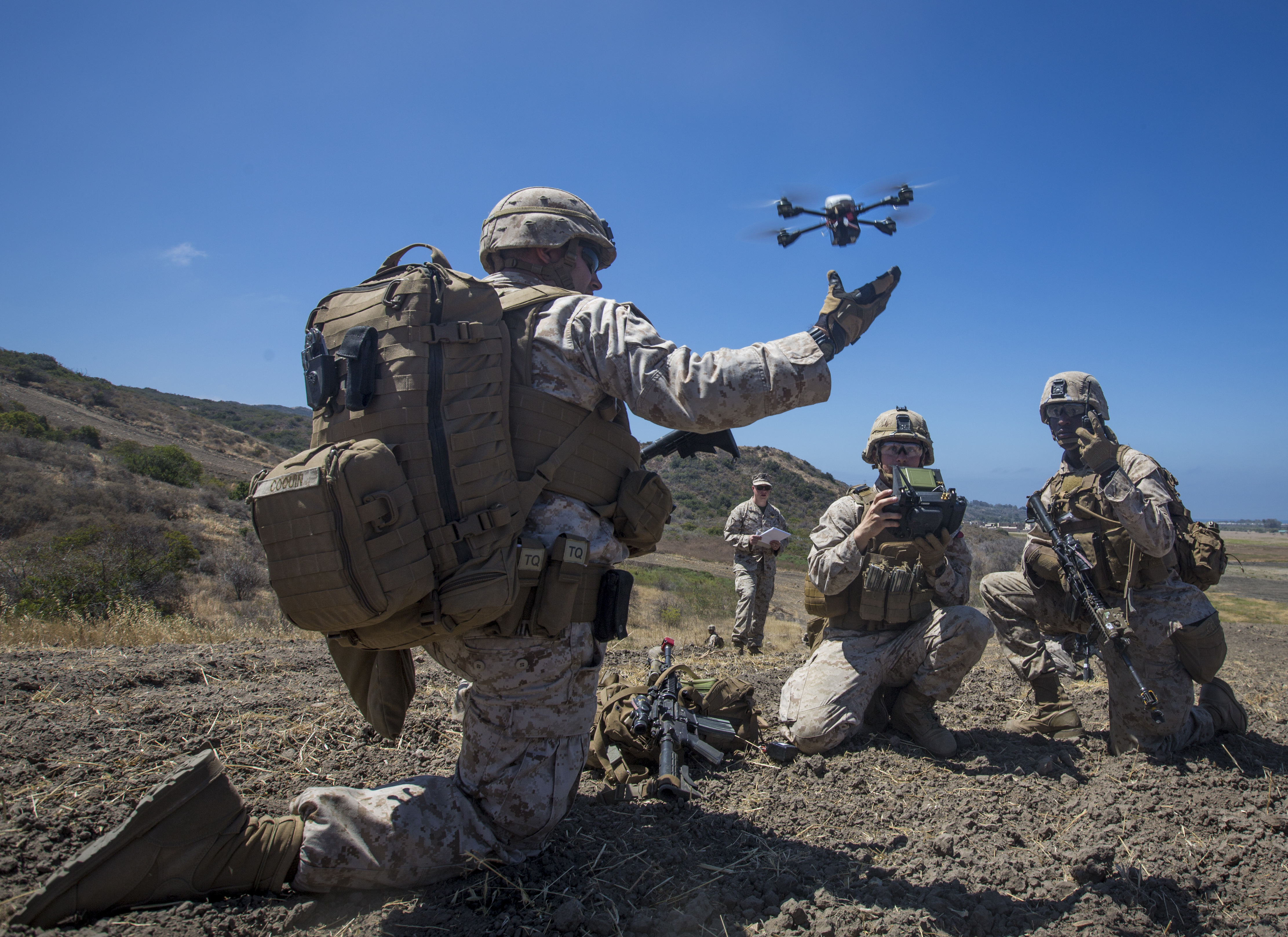
“The committee supports this unmanned air refueling capability and believes that it is critical that the Navy integrate an unmanned aerial vehicle into carrier aviation operations to increase the striking power of carrier air wings. However … the most recent documentation that was sent to industry did not include precision strike capability as a requirement. The committee believes that the Navy may be unnecessarily excluding a critical capability and precluding future growth in a platform that will likely be integrated into the carrier air wing for the next 30 years,” according to the bill.
On the smaller end of unmanned vehicles, the committee states its support for nano-sized vertical-takeoff and landing (VTOL) small unmanned aerial systems (SUAS) as part of the Marine Corps’ drive to outfit infantry squads with unmanned systems. It notes that advances in technology would now allow computer processing power on these nano unmanned vehicles which, when paired with the right sensors, could automated object detection and tracking (AODT) for the Marines operating the systems. “The committee encourages the Navy and Marine Corps to advance development and implementation of nano-sized VTOL SUAS capability at the squad level, to include researching AODT integration opportunities,” according to the bill, and the committee asks for a briefing on the topic by the end of the calendar year.
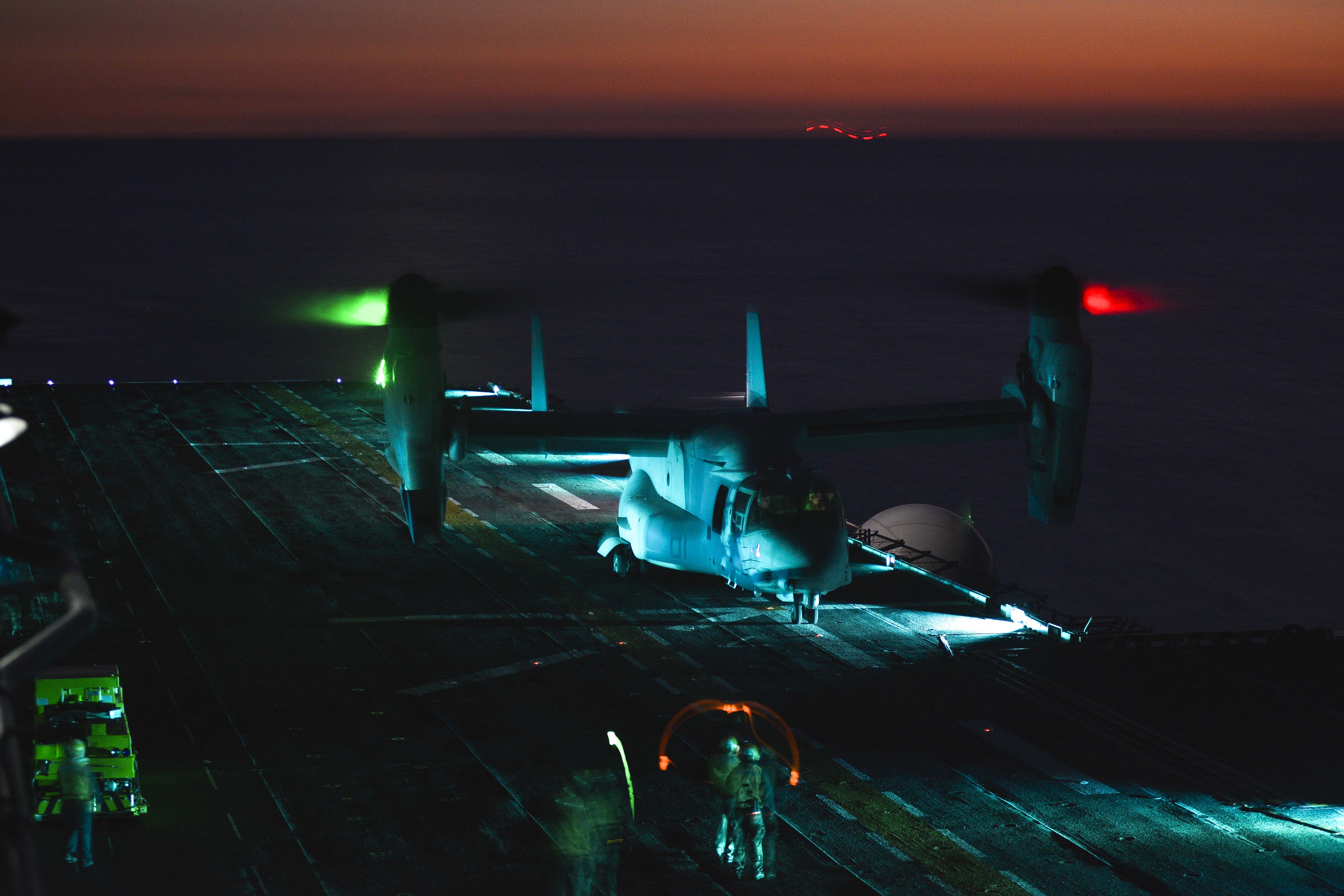
For manned aviation, the bill provides seven-year multiyear procurement authority for the MV-22 Osprey program, compared to the usual five-year MYP authority. It also allows the Marine Corps to buy parts for its “common configuration-readiness and modernization upgrades,” or CC-RAM, effort to whittle about 77 variations of the V-22 down to a single common configuration to reduce the cost and complexity of maintaining and operating the aircraft.
A HASC staffer told reporters last week that the CC-RAM effort was something the Marine Corps needed to do, and encouraging the procurement of components now alongside the multiyear procurement contract would produce operations and maintenance savings in the short-term and could set up the Marine Corps for a smoother transition to a possible future service-life extension program for the Ospreys.
Ship-related Policy
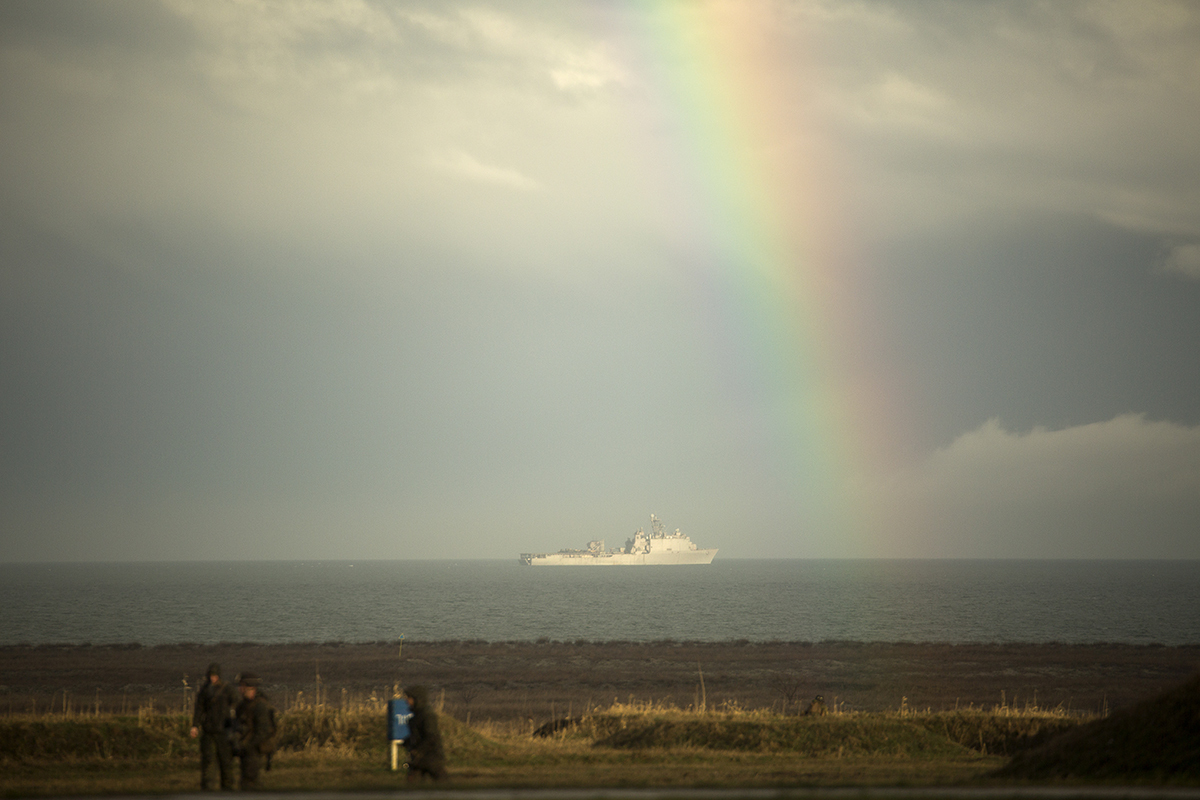
HASC delivered a harsh rebuke to the Navy in its bill for the major backlogs at its four public shipyards, saying that “disturbing delays in ship overhaul work have already occurred” and that, in addition to workforce challenges and increasing workload somewhat out of the yards’ control, “the infrastructure at these shipyards has not been properly sustained, modernized, or configured to efficiently and effectively support the Navy’s future force structure and shipyard workload.”
“The committee is disappointed by the Navy’s failure to respond in a timely and effective manner to growing backlogs and to implement corrective actions,” the NDAA continues.
“The committee believes that significant workforce, workload planning, and infrastructure management changes should occur to enable more efficient planning and execution of maintenance availabilities.”
To that end, the bill requires by March 2018 a comprehensive plan outlining how the Navy will deal with various aspects of the situation at the public yards. First, it requires a personnel roadmap that looks at not only the size of the workforce and the ability to supplement full-time equivalent employee numbers with overtime and contractor support, but also the experience level of those workers and how that affects overall productivity. An infrastructure development plan would ask for deficiencies at the yards and a plan for each of the four yards on projects, the scope of work, cost estimates and schedules associated with bringing the yards up to the right capacity to meet future ship maintenance needs. A five-year workload management plan would look at the most efficient way to conduct all required ship maintenance at both the public yards and private yards with the fewest lost operational days. The Navy would also have to develop new metrics to measure the efficiency of the yards, and a funding plan to show Congress what it would take to fully eliminate the backlog of work at these shipyards.
On the America-class amphibious assault ship program (LHA-6), HASC notes its concern that the Navy’s current shipbuilding plan creates a break in production between the future Bougainville (LHA-8) and LHA-9 after it, “thereby accruing significant additional costs at both the shipyard and the supply chain. The committee believes the optimal schedule would be to begin construction of LHA-9 in 2020” rather than in 2024 which the Navy now plans to do. The NDAA requests a briefing on cost savings and other benefits of accelerating LHA-9 acquisition by four years to maintain continuous production at Ingalls Shipbuilding, the sole builder of the amphibious assault ships today.
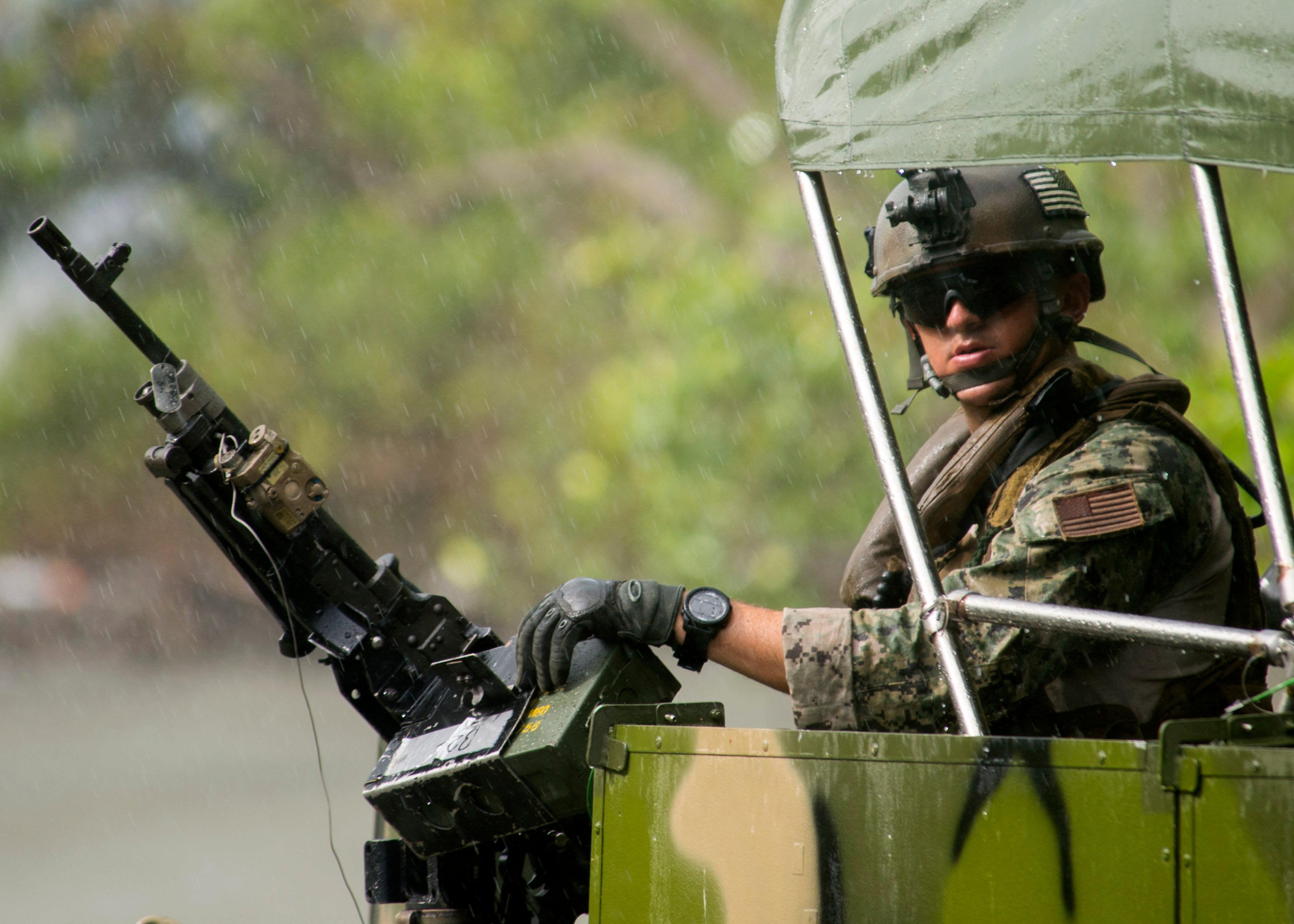
The NDAA also highlights readiness challenges in the Coastal Riverine Force. After 10 riverine sailors were detained by Iran in January 2016 after crossing into Iranian waters, a Comptroller General of the United States review found the Coastal Riverine Force faced unique manning, training and equipping challenges. But the NDAA language says the Navy’s response to the report did not adequately describe how the service would address those challenges. The bill requires the Navy to report back on how it will “: (1) develop manning strategies tailored to the Coastal Riverine Force’s unique needs to address gaps in critical skills and competencies; (2) evaluate what human capital flexibilities the Navy could implement to support strategies to address Coastal Riverine Force’s manning shortfalls; and (3) develop a strategic human capital plan that addresses Coastal Riverine Force manning shortfalls.”
Additionally, the NDAA highlights potential future operations in the Arctic region and the need to prepare now for the unique conditions in high latitudes and extreme conditions. It asks for a report on shortfalls in ice prediction and weather forecasting in the region, shortfalls in navigational aids, unmet high-latitude electronic and communications infrastructure requirements, recommendations for additional intelligence, surveillance and reconnaissance (ISR) capabilities in the region, shortfalls in personnel recovery capabilities, and improvements to surface combatants for future Arctic operations.
Pacific Region Policy
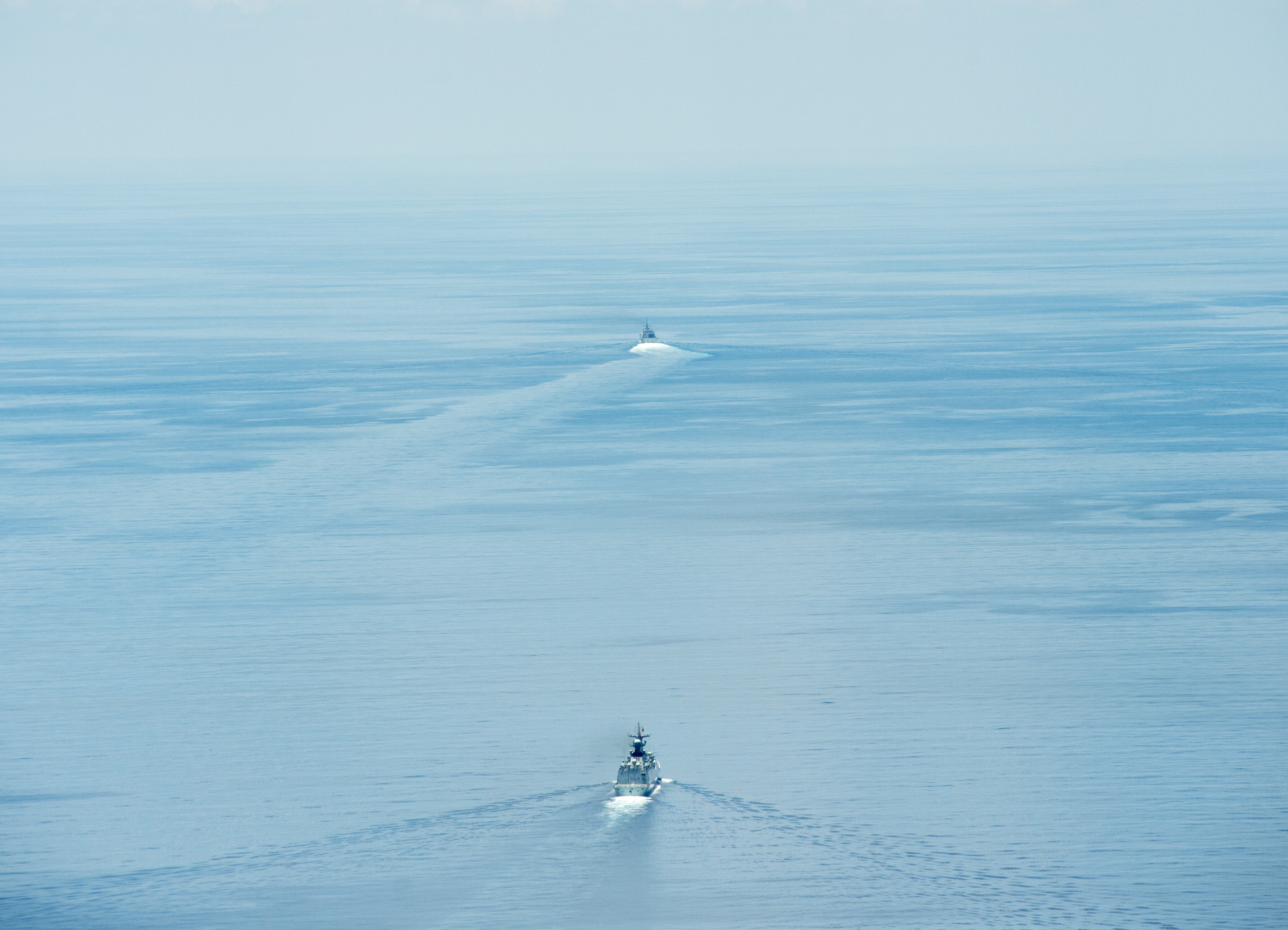
The NDAA states the sense of Congress that “the security, stability, and prosperity of the Indo-Asia-Pacific region are vital to the national interests of the United States” and that “the United States should maintain a military capability in the region that is able to project power, deter acts of aggression, and respond, if necessary, to regional threats.” The bill directs the Pentagon to not only ensure sufficient presence in the region but to “enhance regional force readiness through joint training and exercises, considering contingencies ranging from grey zone to high-end near-peer conflict” and to “invest in critical munitions, undersea warfare capabilities, amphibious capabilities, resilient space architectures, missile defense, offensive and defensive cyber capabilities, and other capabilities conducive to operating effectively in contested environments” in that region.

The bill directs the Defense Secretary to submit to Congress by Feb. 1, 2018, a plan to “prioritize United States defense interests in the Indo-Asia-Pacific region” to include identifying threats in the region, force posture or resource requirements to address gaps, the role of allies and partners in achieving U.S. strategic goals and more. A separate section requires an assessment of current U.S. military force posture and basing in the region, an analysis of alternatives, and recommendations for changes to the current force laydown.
Regarding specific countries, the bill makes clear that “the defense of the Republic of Korea and Japan must remain a top priority for the administration” and that, in addition to bilateral cooperation and mutual defense – to include the Japanese-administered Senkaku Islands – the “United States welcomes and encourages deeper trilateral defense cooperation, including through expanded exercises, training, and information sharing that strengthens integration.”
The bill notes the U.S.’s interest in maintaining unimpeded navigation and overflight in the South China Sea and directs that the “United States should keep to a regular and routine schedule for freedom of navigation operations in the sea and air” in that region. It also pushes for a deeper relationship with Taiwan and notes the 50th anniversary of the formation of the Association of Southeast Asian Nations (ASEAN), which “promote(s) peace, stability, and prosperity in the region.” It also notes the role of Australia in the region and recommends the U.S. and Australia “continue to address the threat of terrorism and strengthen information sharing.”
Regarding Hawaii and the unique threat it faces, the NDAA notes “Since Kim Jong-un took power in 2012, North Korea has conducted 78 ballistic missile tests, of which 61 are considered to have been successful” and adds that the state is only protected by limited ballistic missile defense capabilities. The bill language adds that “the proposed program of record for a medium range discriminating radar to be fully mission capable after 2023 would leave the defense of Hawaii dependent only on the ground based midcourse defense system in Alaska, and the sea-based x-band radar until that time, while the threat to the United States, including Hawaii, from North Korean ballistic missiles continues to grow.” To address that growing threat, the bill requires the Pentagon to boost protection to Hawaii immediately “through the introduction of interim missile defense coverage and a permanent missile defense sensor capability” until the full planned capability is operational in 2023.
Weapons Policy
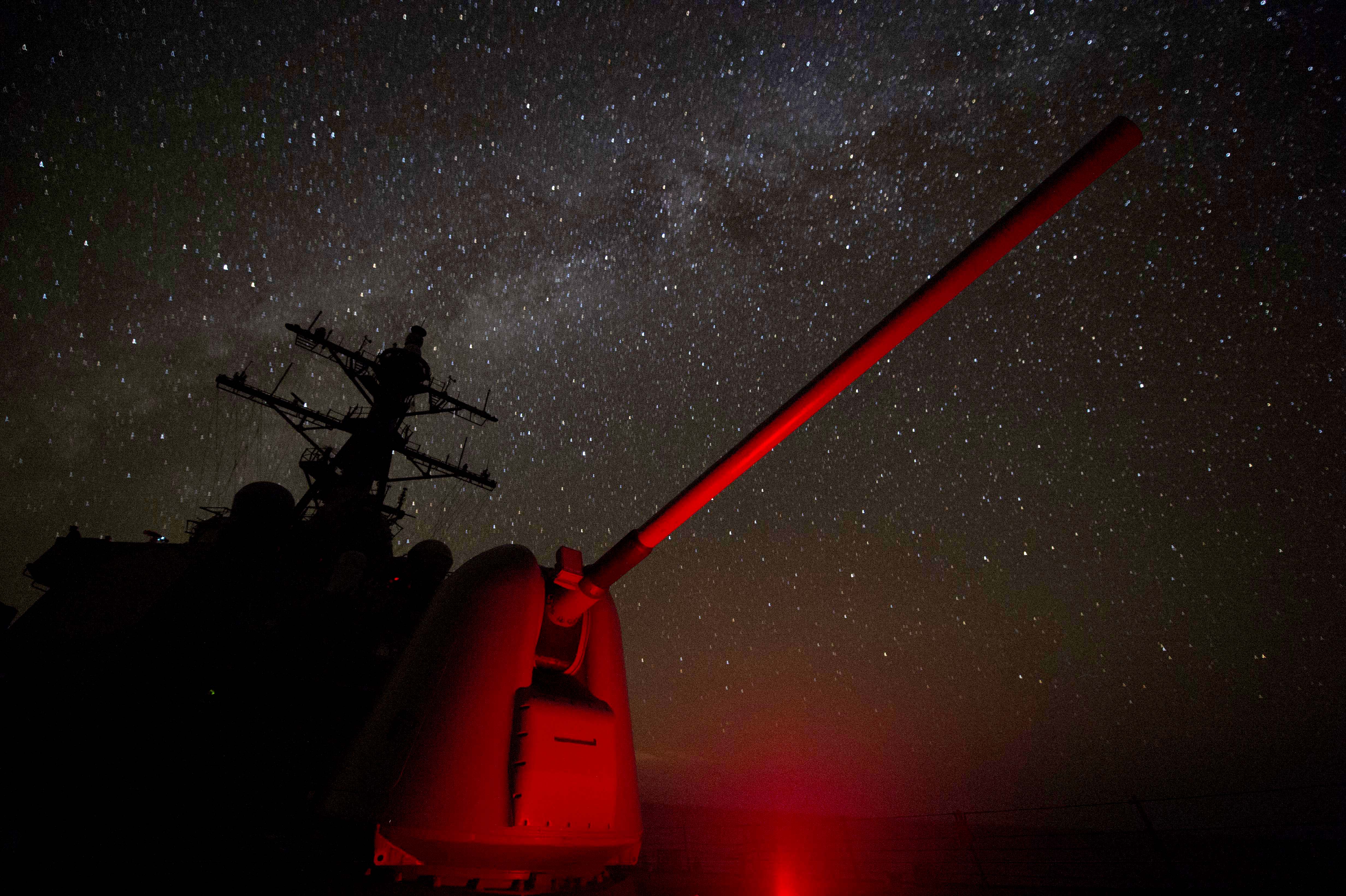
The committee notes its continued support for the Advanced Low Cost Munition Ordnance (ALaMO) guided 57 mm projectile, which could be used on the Littoral Combat Ship to counter unmanned aerial systems, small boat swarms and more without any modification to the LCS’s guns or fire control system. The NDAA asks the Navy to brief the committee by the end of August on how it plans to achieve low-rate initial production by 2019, how it will be funded in the coming years and if that funding profile can be accelerated.
More broadly, HASC expresses interest in where the Navy is going with its energetic materials research to inform future weapons development. The bill notes that Navy labs have been researching these materials but that “these investments have not been strategic in scope or direction. Much of the ongoing work is devoted to sustaining legacy formulations for energetic materials, not investing in new or revolutionary propellants or explosives. Therefore, the committee believes that the Navy should pursue a renaissance of its energetic materials enterprise and directs the Secretary of the Navy to develop a long-term science and technology roadmap for the development of energetic materials, both explosives and propellants.” A plan with future research opportunities, current laboratory capability to meet the roadmap’s needs and resourcing requirements should be presented to the committee by March 2018, according to the bill.





